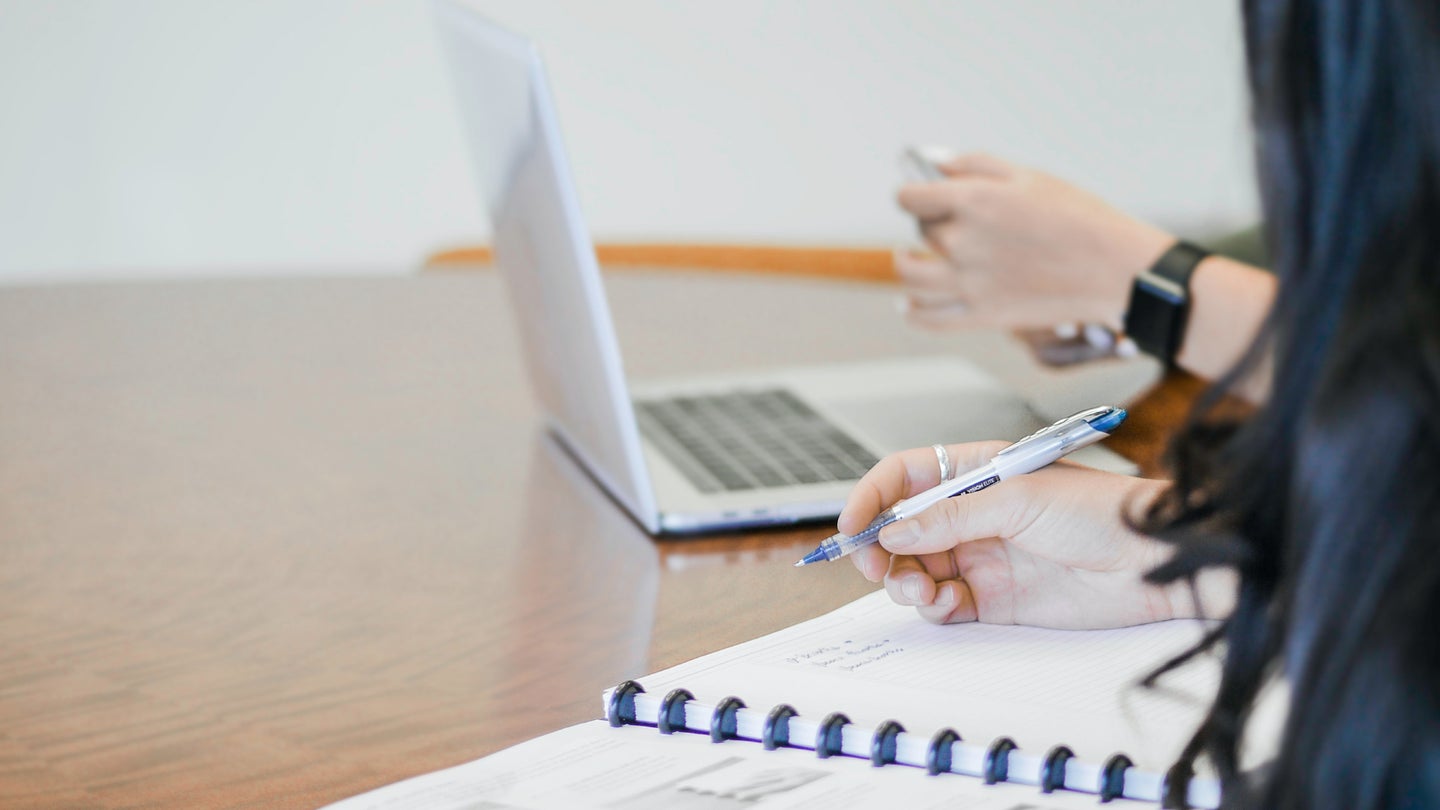Syncing Google and Apple calendars is less annoying now
Some weirdness remains between Google's and Apple's scheduling apps, but like, not as much.

We may earn revenue from the products available on this page and participate in affiliate programs. Learn more ›
Trying to figure out how to sync your Google and Apple calendars used to be an excruciating process. You’d have to make your iCloud calendar public, grab its URL, paste it into Google’s app, change “webcal” to “http,” and a whole bunch of other nonsense. It was like trying to manage a playdate between two cranky preschoolers who have just been introduced to the concept of sharing.
These days, it’s much easier to get Google Calendar and the iOS, iPadOS, and macOS calendar apps to play nicely. The link between the two companies’ scheduling services has matured, though it’s not flawless. There’s still a bit of arbitrary chaos lingering in their relationship.
How to sync Google Calendar and Apple’s Calendar app
On an iPhone or iPad, open your Settings app, tap Calendar, and hit Accounts. If you’ve already linked your Google account to your phone, you can skip to the next paragraph. If you haven’t, tap Add Account and select Google from the list. Then hit Continue when your phone says it wants access to Google. Choose an account from the list that appears or tap Use another account to sign into one that isn’t there. You’ll see another alert that iOS wants to access that Google account—read it and choose Allow to proceed.
Now, on Settings > Calendar > Accounts, you’ll see a Gmail entry, as well as what data it’s syncing. If you see Calendars there, you’re all set. If you don’t, tap Gmail and activate the toggle switch next to Calendars (it’ll turn green).
[Related: 5 Google Calendar tricks to ensure you never miss a date]
The steps are similar from a macOS computer: open the Calendar app, click Calendar in the menu bar, and choose Add Account. Pick Google from the list and you’re off to the races.
Check your sync settings
Once you’ve paired your Google and Apple calendars, you’ll need to make sure you know how the data is flowing between them.
From the accounts page in the Calendar settings on an iPhone or iPad, tap Fetch New Data. You can’t push updates from your Google account to your Calendar app, but you can tell iOS to fetch them. Your options are automatically, manually, hourly, and every 30 or 15 minutes. Whatever you choose, Apple will grab new data from your Google calendar in the background whenever your phone has enough power and internet connection.
The process is a little easier on a computer: click Calendar in the menu bar, choose Preferences, then Accounts, and select your Google account. Finally, choose an option from the dropdown menu next to Refresh Calendars. If you choose manual refresh, that option is under the View tab in the menu bar. This, however, only syncs one way—from Google to Apple. If you want to go the other way, make sure that when you create an event on your macOS calendar, you use the calendar selection menu (a dropdown menu next to a colored square in the top right corner of the new event dialog box) to select your Google calendar. That’s a taste of the lingering arbitrary chaos we mentioned earlier.
What you need to know about linking Google and Apple Calendars
Now that you’ve got chaos on your mind’s metaphorical tongue, let’s dig in so you know what to expect when you start using the apps in tandem. If you add or edit an event on your iPhone’s Calendar app, it will almost immediately appear on your Google calendar (if you have good power and connection). Make a change on Google Calendar, and it might take five to 15 minutes to show up on iOS.
To edit your calendar on an iPhone or iPad, open the Calendar app, tap Calendars at the bottom of the screen, and hit the info button (an “i” in a circle) next to the one you want to tweak. This, to be fair, is standard and not chaotic at all.
But because the apps are made by two different companies, you may discover strange bugs. For one, we found that if we made an all-day event in the Calendar app, then changed the time in Google Calendar, it inexplicably appeared as four hours earlier than the time we’d chosen. We confirmed our time zones were correct, but asked the apps to always choose New York time—just to be sure. The edited events subsequently appeared nine hours too early. Re-editing the time always fixed the problem, but we haven’t yet figured out a better way. We’ll just have to wait until the Google-Apple relationship completely matures.
